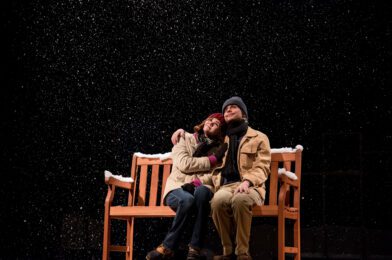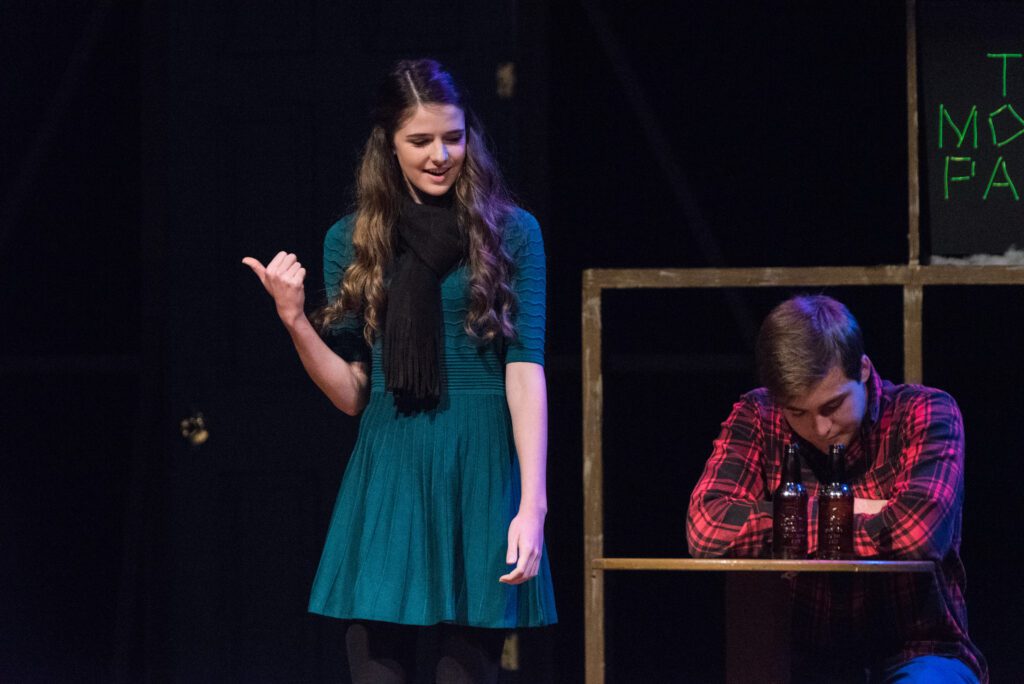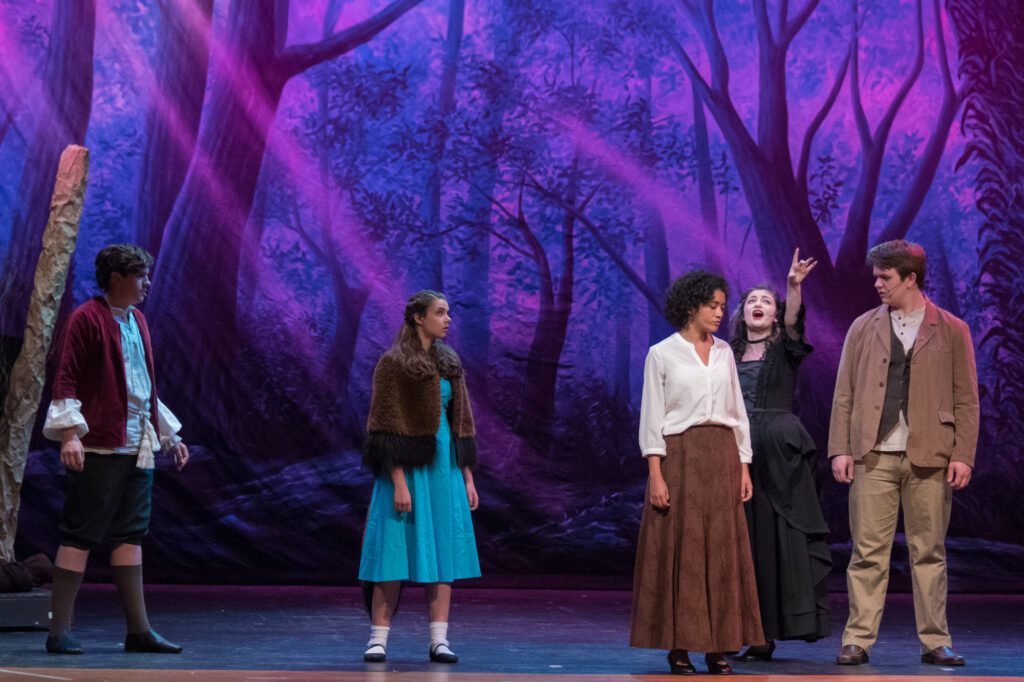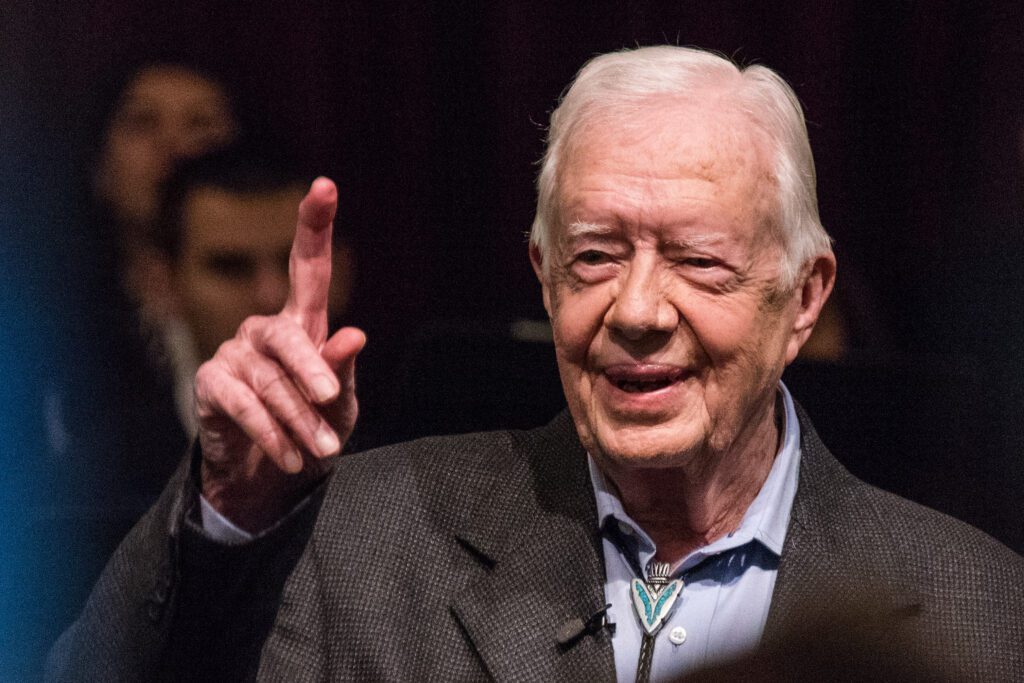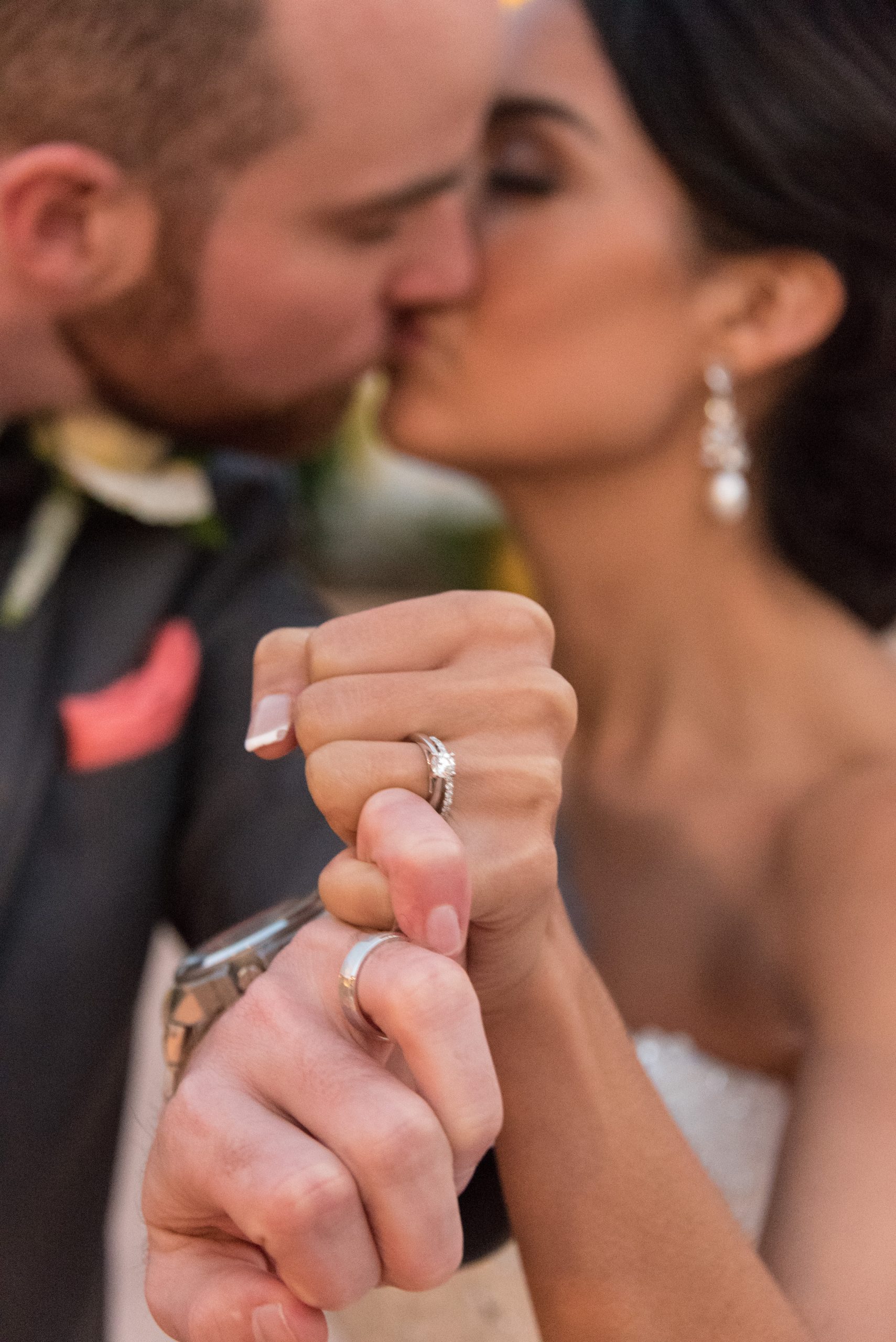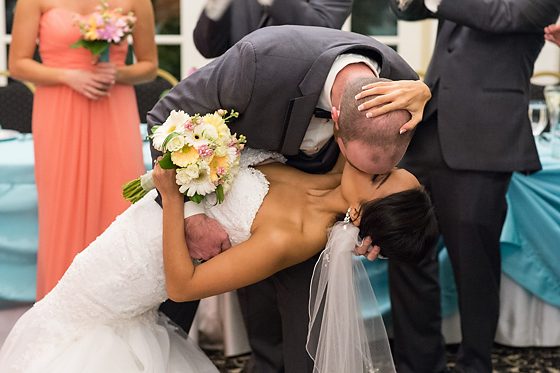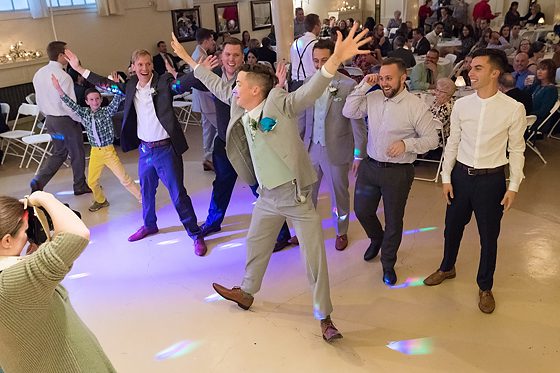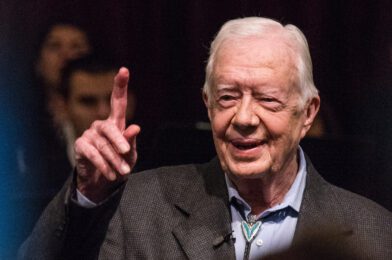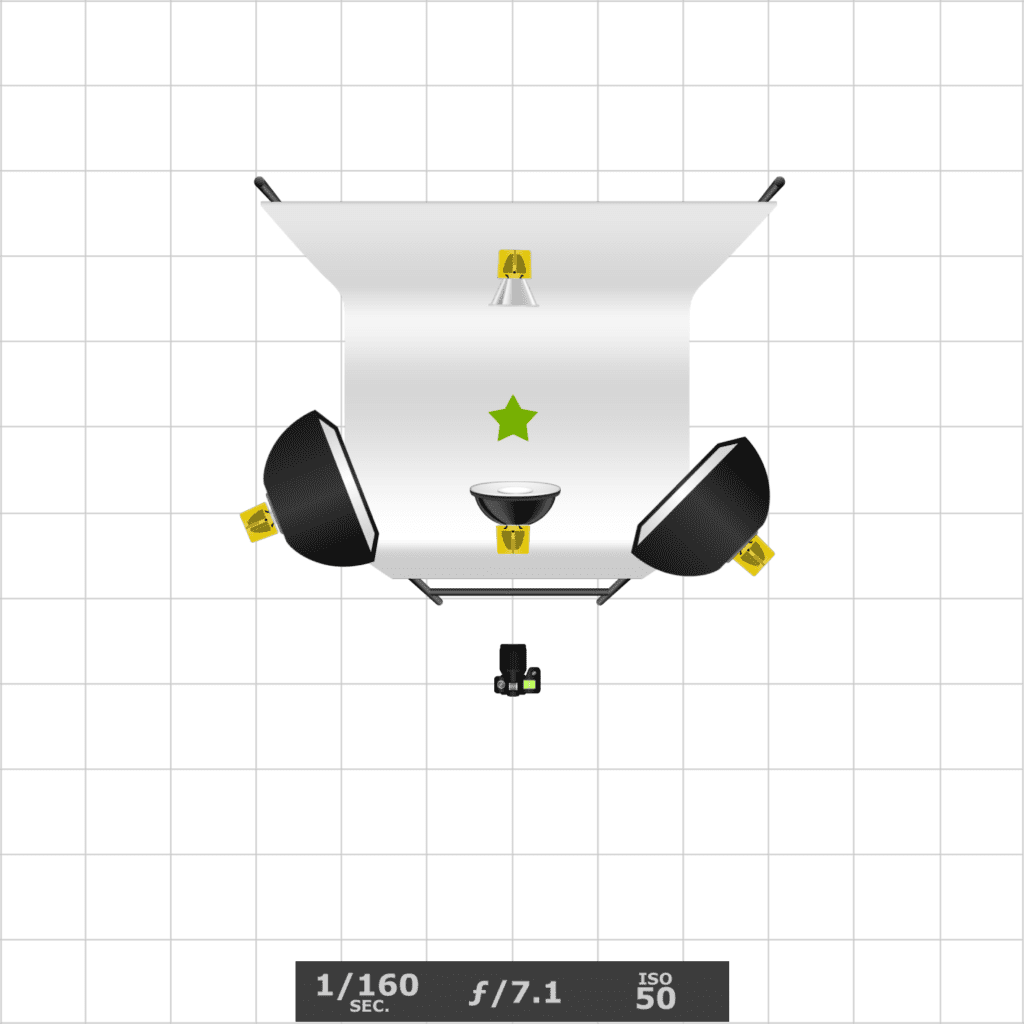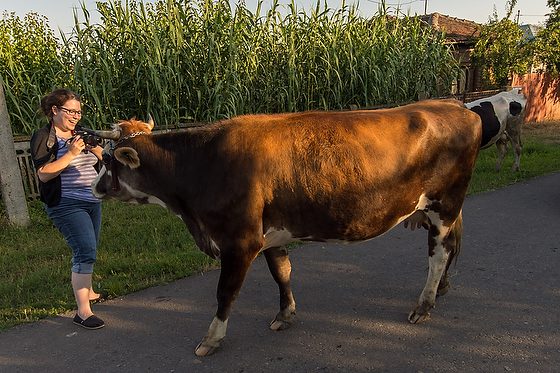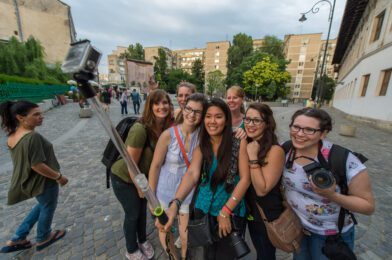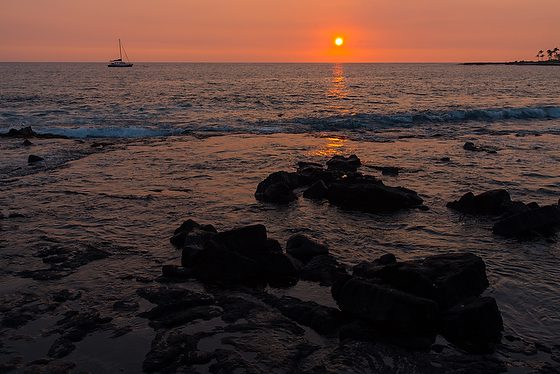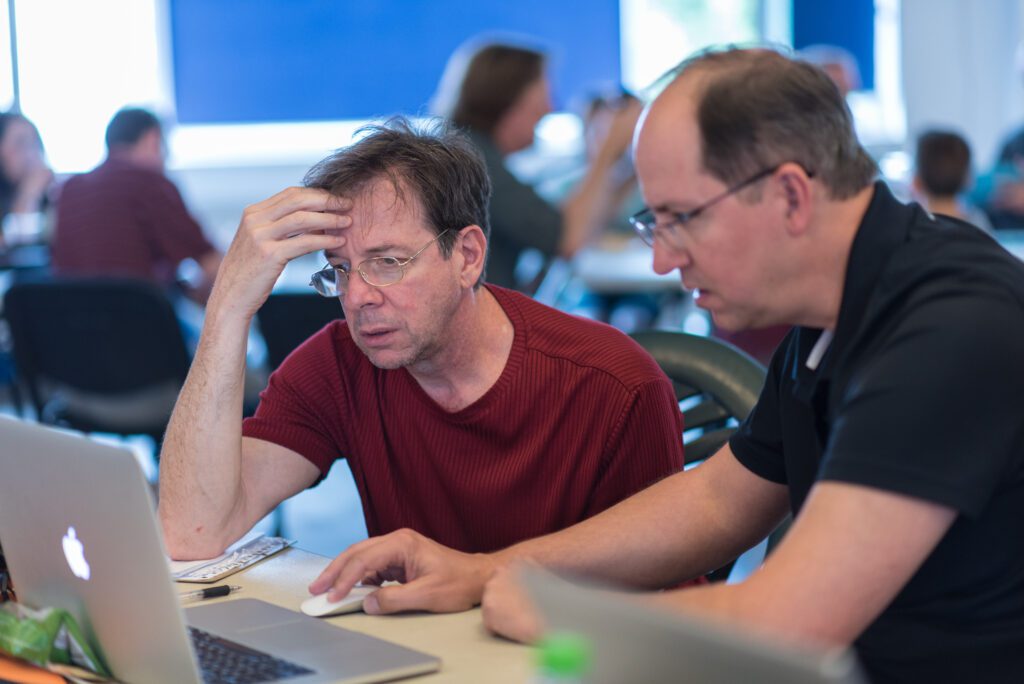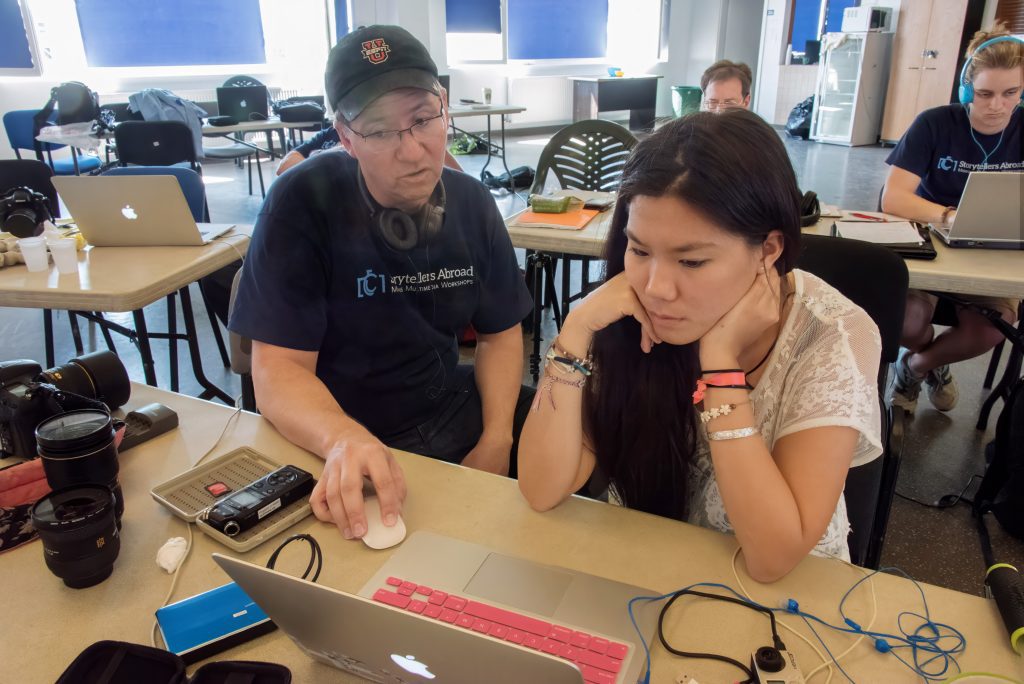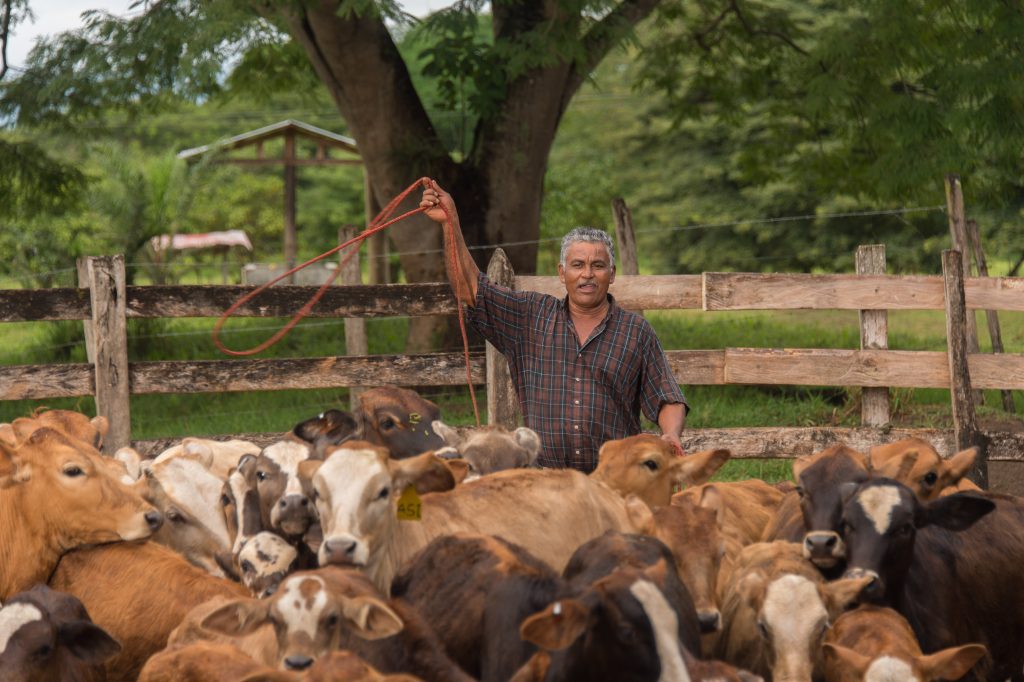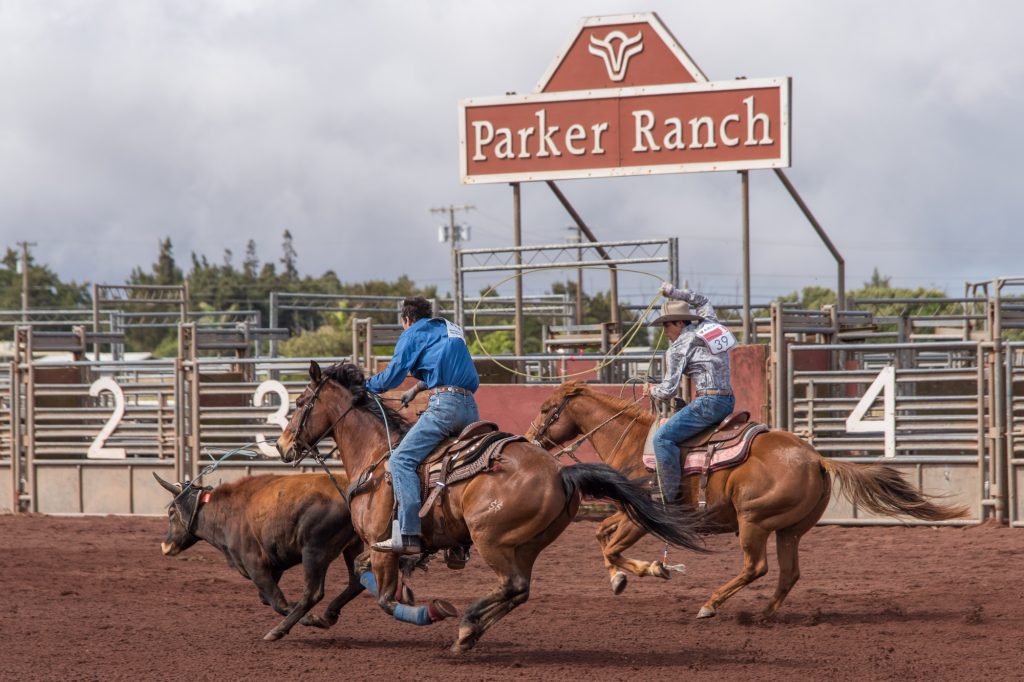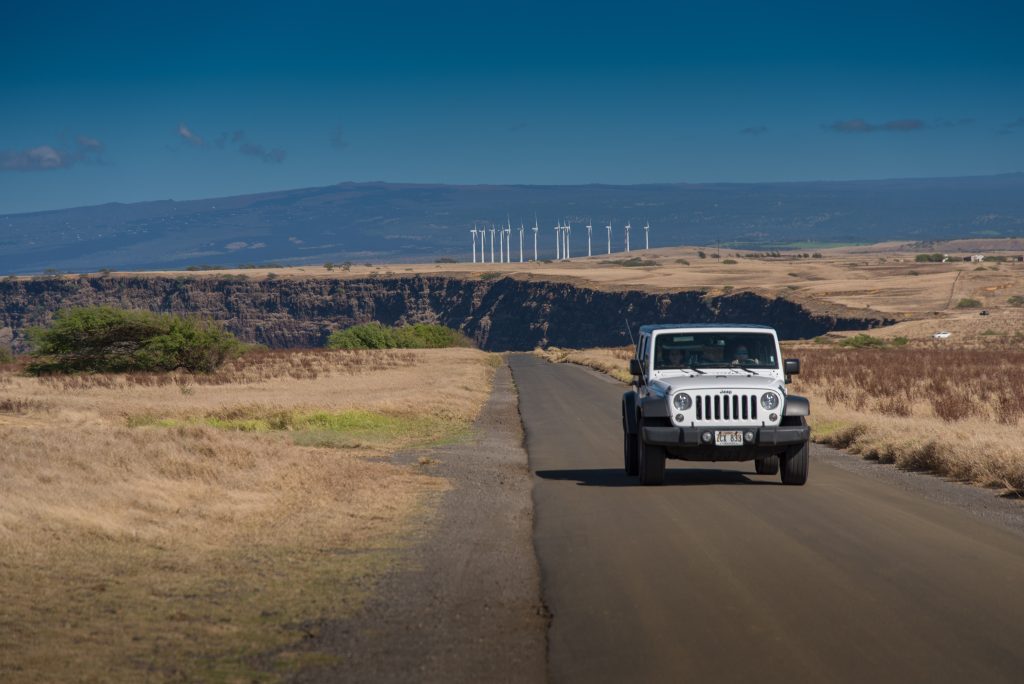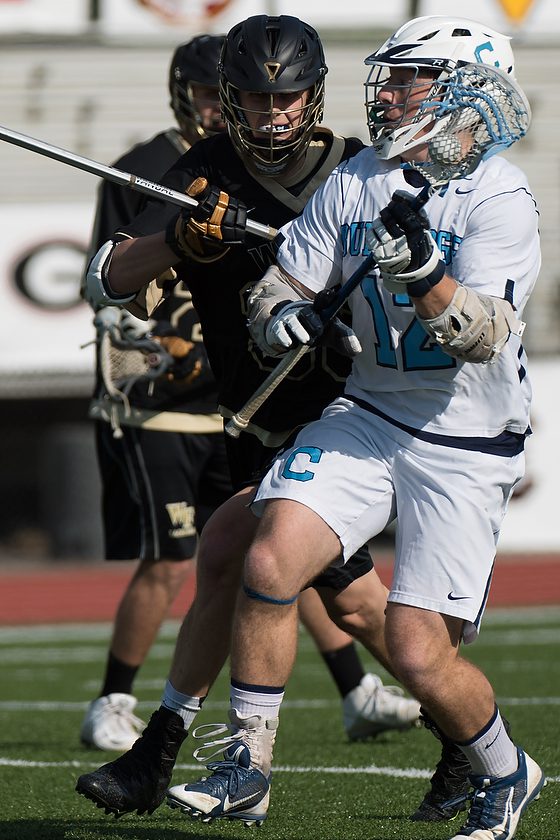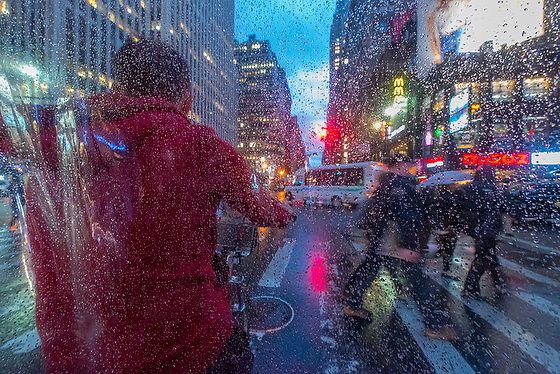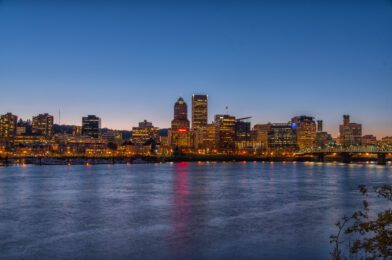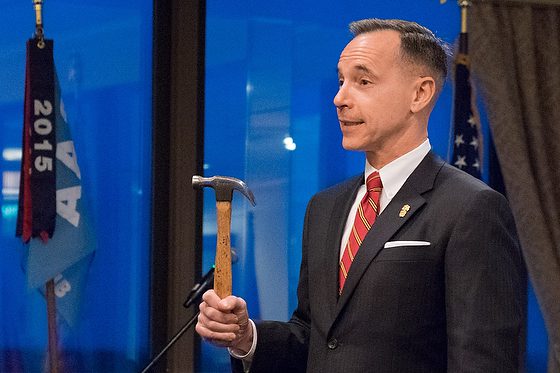[NIKON D4, 120.0-300.0 mm f/2.8, Mode = Aperture Priority, ISO 12800, 1/1250, ƒ/5.6, (35mm = 270)
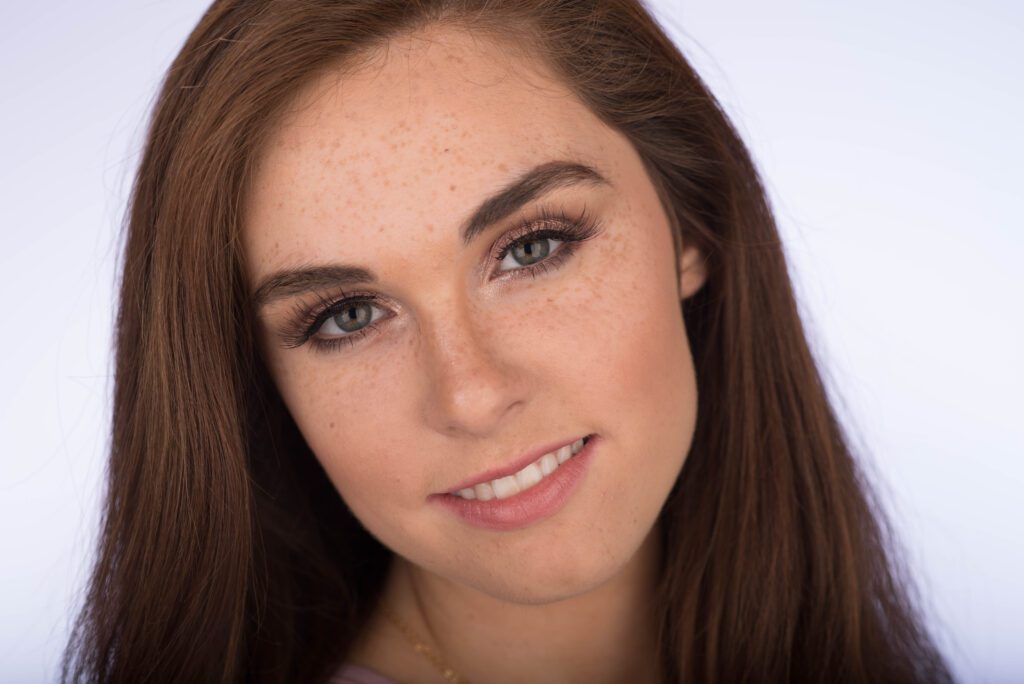
Meet recording artist Sydney Rhame. She was a contestant on The Voice a couple of years ago. Here she is singing “Photograph.” By the time Sydney had gotten on the voice, she had already been performing for many years. She started singing at age six and performing at age eight.
Recording artists are practicing all the time. They work hard for years for their “break.”
I spent some time setting up for Sydney. I had not only set up the studio like this for her to make some headshots, but I had also scouted around to get colors to match her clothing.

I found some fall foliage that I could use in the background to compliment her hair.
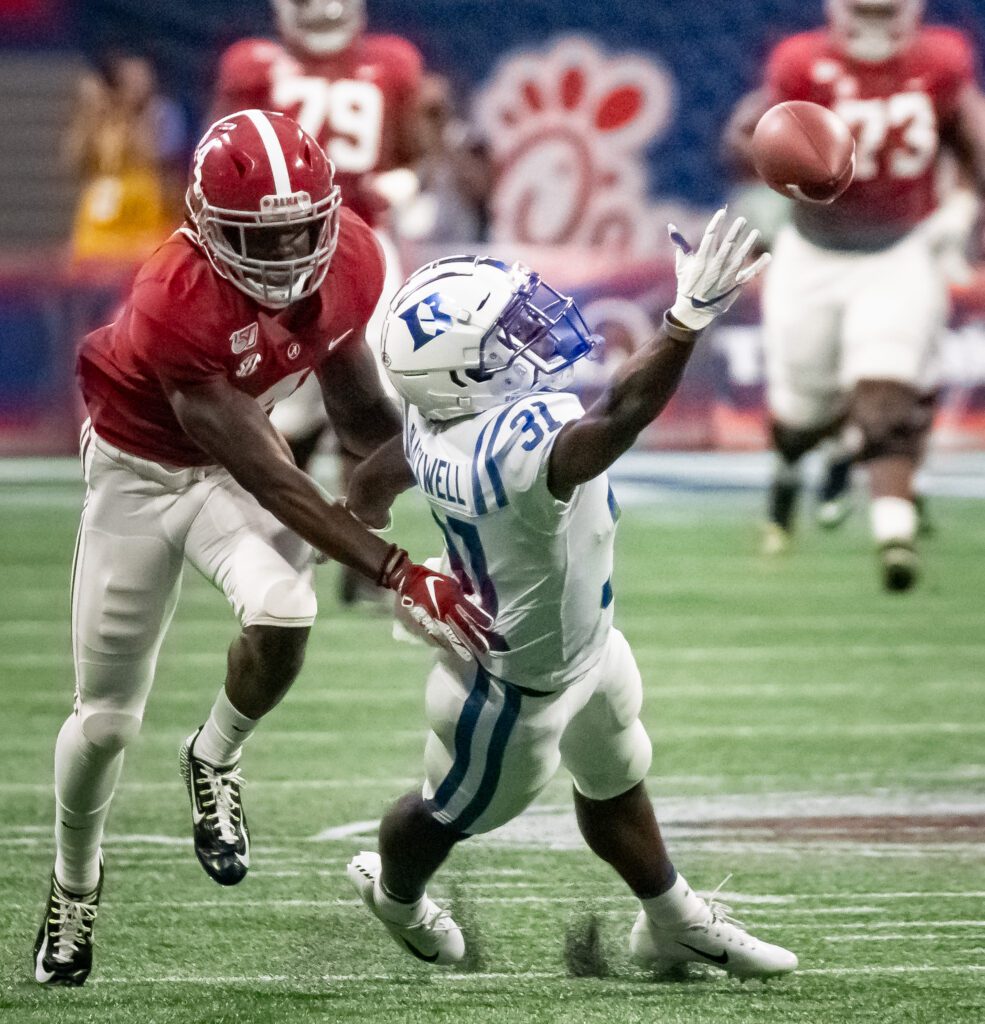
To get to the big games like the Chick-fil-A Kickoff these players put in many practice days and games spanning years of preparation.
Most Folks
I am finding that more people procrastinate in their work than anticipators. People wait until they are near a deadline to start working on a project.
In school, teachers have projects they tell us about long before they are due, but most of us wait until the night before. After we have done a few of these and found out that doesn’t leave us enough time, we may start it a little sooner–like a day or two earlier.
Word vs Photograph
There has been a healthy tension between writers and photographers throughout my career. You will hear photographers saying to writers that I can’t call the subject and change the ƒ-stop.
A writer can more easily make changes in their part of a project at the last second, whereas a photographer has to reshoot to make a change.
When I started, I would pick up a small camera bag and run out the door for the newspaper. Today I realize that the more I plan and prepare for a photo shoot, the better the results.
Today I ask a lot more questions when I get a project. Why do you need these photos or videos? What are you looking for from the project? What is it that the audience to do once they have seen the project?
The questions go on more than just these few questions. Once I am comfortable with their direction and style, I can plan what gear I need for the shoot. Sometimes this requires me to rent equipment.
For most of my projects today, travel is involved. I must book flights, hotels, rental cars, assistants, and more.
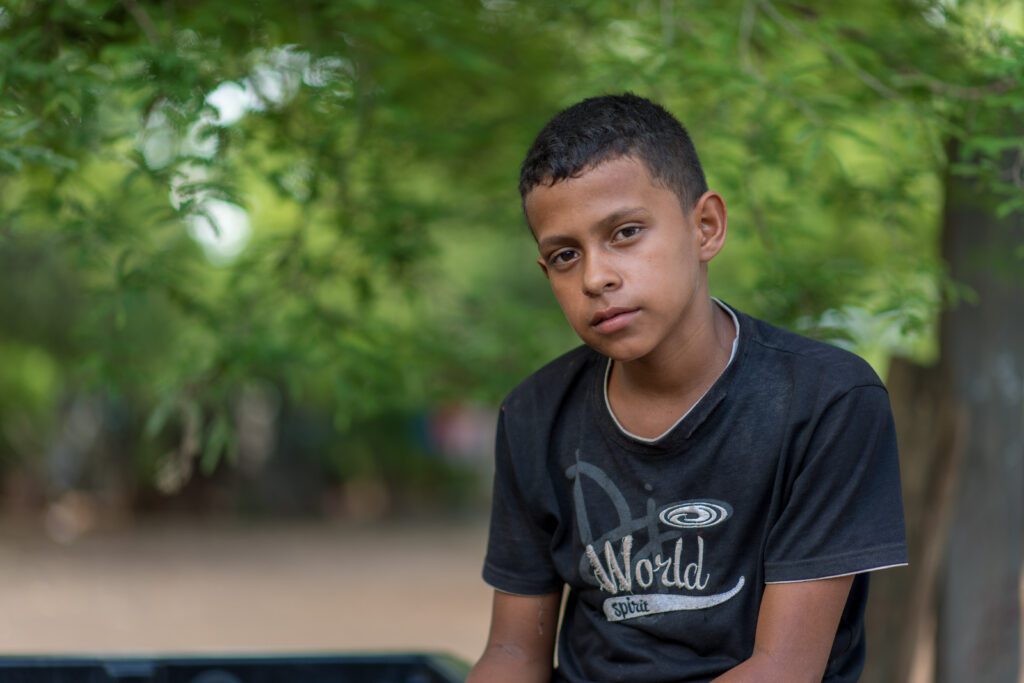
Advantage of Anticipating
When you anticipate what I must do for assignments, there is a lot of dialogue with a client. Much of this is in written form between the client and me. The great thing about this process is that I have a paper trail showing how I was proactive and got their approval before executing anything.
When you talk through a treatment with a client in as much detail as possible when the assignment is given, you give yourself and the client the advantage of keeping the costs down and pushing the quality up.
Since I am working in an artistic field for a career, the one thing that keeps you receiving a paycheck is being in demand. Believe it or not but the busiest photographers I know are the ones who are Anticipators and not Procrastinators.
Some things you can do that are disciplines of an Anticipator:
- Going to clients with project ideas
- Responding quickly to phone calls, emails, and texts
- Asking questions when a client gives you a project–Immediately and not closer to the deadline
- Delivering the photos quickly–Photos processed for the client without quality suffering
- Creating estimates and invoices quickly
- Raising concerns and issues before the client realizes a problem–While there are some things you cannot anticipate, you are always trying to take ownership as if the success or failure of this project can make the client be super successful or put them out of business
They say if you want something done, ask a busy person, even though this idea is somewhat paradoxical.
The reason is that people with hectic schedules have, by necessity, gotten good at realistically estimating how long things take. The interesting thing is once you know someone like this, you are prone to go to them to help you. The one thing you hope never happens is that they say no. They will say no because they know if they can deliver your request or not.
If you find yourself busy and having to turn down people occasionally, it is a good sign that you are most likely an Anticipator. However, if you are desperately trying to find work, you might be a Procrastinator.
How to turn yourself from a Procrastinator to an Anticipator
One of the best things I learned at Georgia Tech working on the communications staff was from our art directors. They had reversed engineered the timeline for producing print projects like view books and magazines.
I would be part of the meetings with the clients going over new projects. The art director then took a few minutes and walked through the deadlines, starting backward.
When do you need this project? Then they would start with that date and say, ” Well, the printer needs two weeks from when they have it to turn it around without any rush fees. Before this, the graphic artist will need two weeks to lay out the piece and then have you sign off on it. This includes two reviews. By the way, your review time puts the project on hold. So if you take 24 hours to approve or make changes, that is how much the project is delayed. If you take a week to support it, we need to move up the date for you to get materials to us.
Before the graphic artist can start work, the writer and photographers must create their content. The good news is often that photography and writing can be done simultaneously. They both need two to three weeks. For them to stay on schedule, the subjects they need to work with must be available, or that also impacts the program.
Based on this, we need six to eight weeks to produce your project. When working with most new clients, we were often only three to four weeks from their deadlines. Most of the time, we had to move their deadlines out to make things go faster usually meant rush fees from printers and hiring more writers, photographers, and graphic designers to tag team.
The question you must know the answer to for any project is how long do you need to produce your very best portfolio quality of work?
Anticipators are people who are gifted at time management, know how to get the best quality of work, and understand the time they need to make it happen. They are also good at executing their plans and producing quality work, which creates a demand that creates an even higher order because they are known for being busy.



